Thanks to its excellent soft-tissue contrast, magnetic resonance imaging (MRI) is widely used in the radiotherapy workflow to aid and improve the delineation of the tumors and organs-at-risk. Despite the benefits of MR images, to date, radiotherapy cannot be planned on MR images alone, as they do not provide the electron density information needed for dose planning, which can only be derived from CT images. As a result, patients need to be scanned on both imaging modalities. This makes the workflow more complicated, costly, and prone to registration errors.
Experience MR-only workflow in your clinic with MR-Box
MR-Box by ART-Plan™ is an AI-powered, CE-marked and FDA-cleared software that provides one-click pseudo-CT images with organs-at-risk delineations from standard MR images for improved and more efficient radiotherapy planning workflow.
*AI solutions are developed for conventional MRIs and MR linacs.
Here is how ART-Plan™ can improve your MR-only radiotherapy workflow.

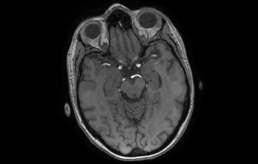
AI-powered OARs delineation on MR images
Thanks to its better soft-tissue contrast, magnetic resonance imaging (MRI) is widely used as a supplement to CT imaging for better delineation of tumors and OARs. In addition, more information on tumor activity and therapy response can be derived from MR sequences.

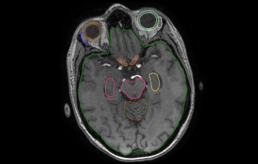
Generate an MR-based pseudo-CT
Generate tissue electron density for dose calculation from pseudo-CTs. All without the need of multi-modal scans and registration.
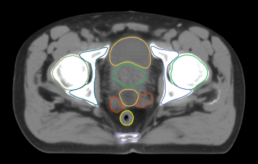

Plan your treatment
Save time, reduce costs and optimize patient scheduling for better use of departmental resources.
Available structures for AI-contouring
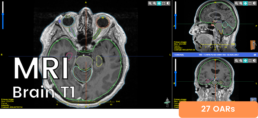
OARs*
- Anterior Cerebellum
- Chiasma
- Cochlea (L/R)
- Cornea (L/R)
- Encephalon
- Eye lens (L/R)
- Hippocampus (L/R)
- Hypophyse
- Hypothalamus (L/R)
- Lacrimal gland (L/R)
- Medulla oblongata
- Midbrain
- Optical nerve (L/R)
- Pons
- Posterior cerebellum
- Retina (L/R)
- Spinal cord
- VSCC (L/R)
*Guideline: EPTN consensus-based guideline for the tolerance dose per fraction of organs at risk in the brain (2018)
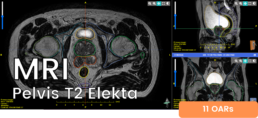
Male OARs*
- Anal Canal
- Bladder
- Femoral Head (L/R)
- Pelvis (L/R)
- Penile Bulb
- Prostate
- Rectum
- Sacrum
- Seminal Vesicle
*Guideline: ESTRO ACROP guideline, Salembier et al. (2018)
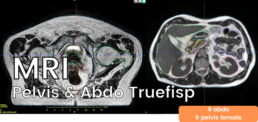
Male OARs
Abdo OARs*
- Anal Canal
- Femoral head (L/R)
- Penile Bulb
- Prostate
- Rectum
- Seminal Vesicle
- Sigmoid Colon
- Abdominal aorta
- Duodenum
- Kidney (L/R)
- Large Bowel
- Liver
- Pancreas
- Stomach
- Vena cava inf
*Guideline: RTOG Jabbour et al (2014), RTOG Kong et al (2011)
At the moment, MR-Box only works for these models but we are always improving our models and adding new ones.
Want to discover more?
Be faster
Fast, automated, and easy plan adaptation with limited user intervention thanks to the batch solution, the integration of the pseudo-CT, Annotate and SmartFuse all in one software.
Be Precise
Combine the high soft tissue contrast of the MR images for OARs and target delineation with the possibility of generating tissue electron density information for dose calculation*.
Be Better
Avoid the need for imaging slots on different machines. Save time, reduce costs and optimize scheduling for increased patient comfort and better use of departmental resources.
*Studies have shown that dose calculation on the pseudo-CTs images are non-inferior to that on conventional CTs.


